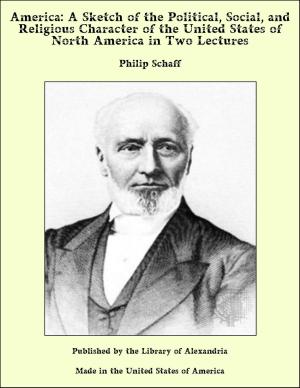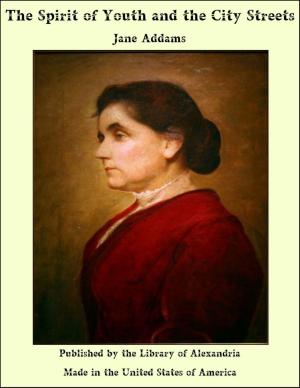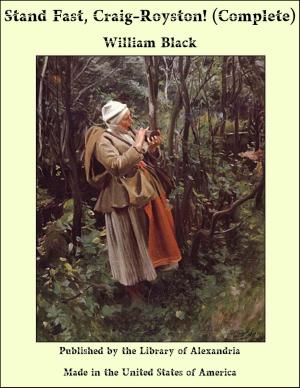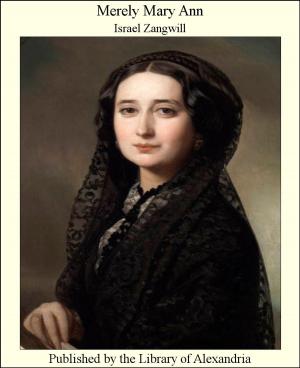The Story of Our Submarines
Nonfiction, Religion & Spirituality, New Age, History, Fiction & Literature| Author: | John Graham Bower | ISBN: | 9781465549662 |
| Publisher: | Library of Alexandria | Publication: | March 8, 2015 |
| Imprint: | Language: | English |
| Author: | John Graham Bower |
| ISBN: | 9781465549662 |
| Publisher: | Library of Alexandria |
| Publication: | March 8, 2015 |
| Imprint: | |
| Language: | English |
There has naturally been a great deal of ink spilled during the War on the subject of the U-boat. The British Submarines have worked unseen and unheard of. Occasionally a few official lines have appeared in the newspapers about them, but the very nature of the work they have been doing has precluded any divulging of their activity. With the permission of the Admiralty I am about to speak now of some of the work they have done, and to give their own reports describing some of the many occasions on which they have been in contact with the enemy. On August 4, 1914, we had in our Submarine Service the following boats: 9 E class, 8 D class, 37 C class, 10 B class. Of these, the B and C classes were 320 tons submerged displacement, and were not suitable for the patrol round the mouth of the Bight. The D and E boats were designed for that purpose, being of 600 and 800 tons submerged displacement respectively. The B and C classes were used in the War for local patrols, defence of the coasts and ports, and (as the War progressed and they became obsolete), for instruction of new entries of personnel. Before I get on to the War itself I want to give a short description of the entry and training of our personnel both before and after the War began. In peace time an officer who wished to join the Submarine Service had first to receive a recommendation from his own Captain. He then had to produce either a first-class certificate for his Torpedo examination for Lieutenant, or, if he had not that qualification, a certificate from the Torpedo-Lieutenant of his ship to the effect that he showed special zeal in that branch of his duties. If his name was accepted it was placed at the bottom of the candidates' list, and in due time, after an interval which varied from year to year, he was appointed to Fort Blockhouse, the Submarine Depot at Gosport. There the batch of new officers were medically examined, and (the standard being high) the unfit were weeded out and returned to their ships
There has naturally been a great deal of ink spilled during the War on the subject of the U-boat. The British Submarines have worked unseen and unheard of. Occasionally a few official lines have appeared in the newspapers about them, but the very nature of the work they have been doing has precluded any divulging of their activity. With the permission of the Admiralty I am about to speak now of some of the work they have done, and to give their own reports describing some of the many occasions on which they have been in contact with the enemy. On August 4, 1914, we had in our Submarine Service the following boats: 9 E class, 8 D class, 37 C class, 10 B class. Of these, the B and C classes were 320 tons submerged displacement, and were not suitable for the patrol round the mouth of the Bight. The D and E boats were designed for that purpose, being of 600 and 800 tons submerged displacement respectively. The B and C classes were used in the War for local patrols, defence of the coasts and ports, and (as the War progressed and they became obsolete), for instruction of new entries of personnel. Before I get on to the War itself I want to give a short description of the entry and training of our personnel both before and after the War began. In peace time an officer who wished to join the Submarine Service had first to receive a recommendation from his own Captain. He then had to produce either a first-class certificate for his Torpedo examination for Lieutenant, or, if he had not that qualification, a certificate from the Torpedo-Lieutenant of his ship to the effect that he showed special zeal in that branch of his duties. If his name was accepted it was placed at the bottom of the candidates' list, and in due time, after an interval which varied from year to year, he was appointed to Fort Blockhouse, the Submarine Depot at Gosport. There the batch of new officers were medically examined, and (the standard being high) the unfit were weeded out and returned to their ships















